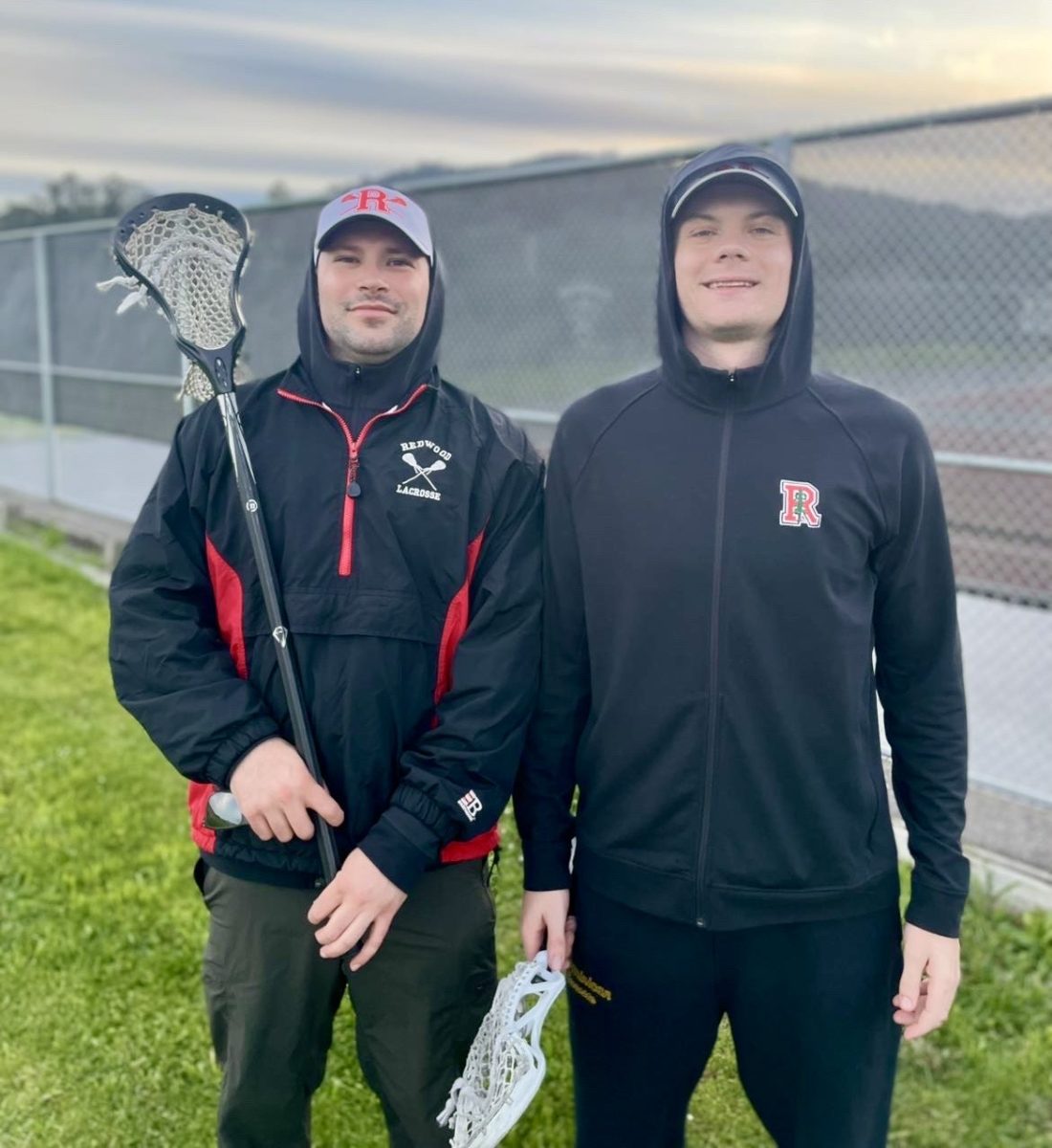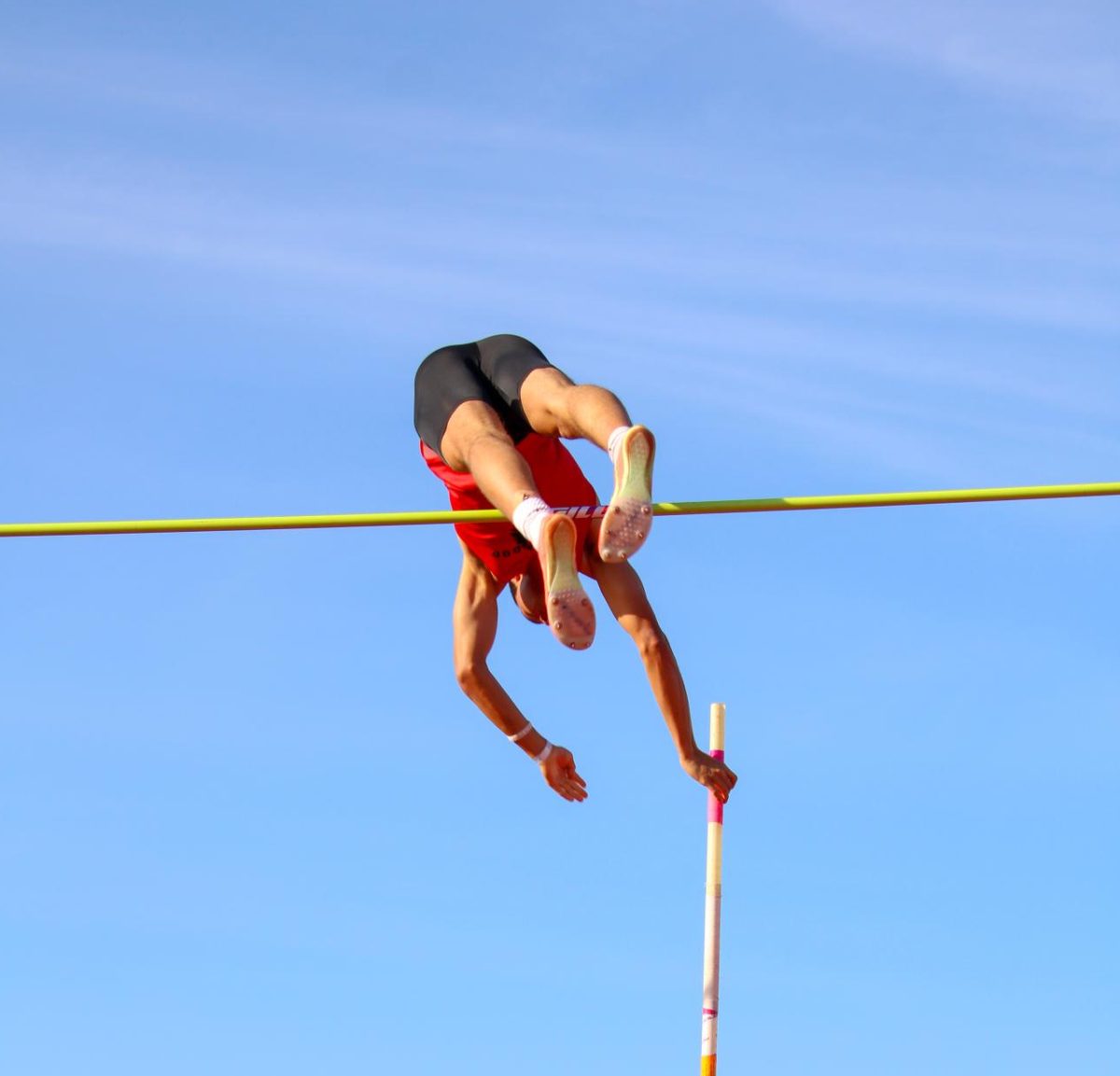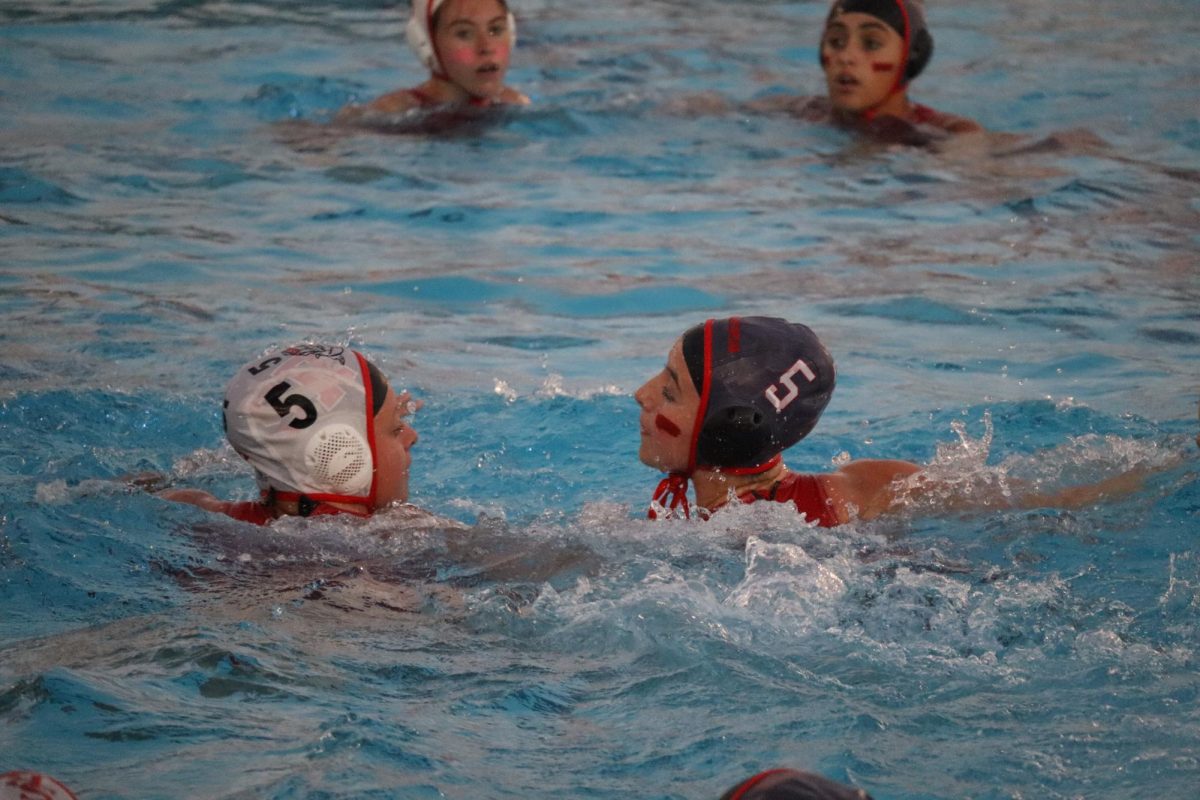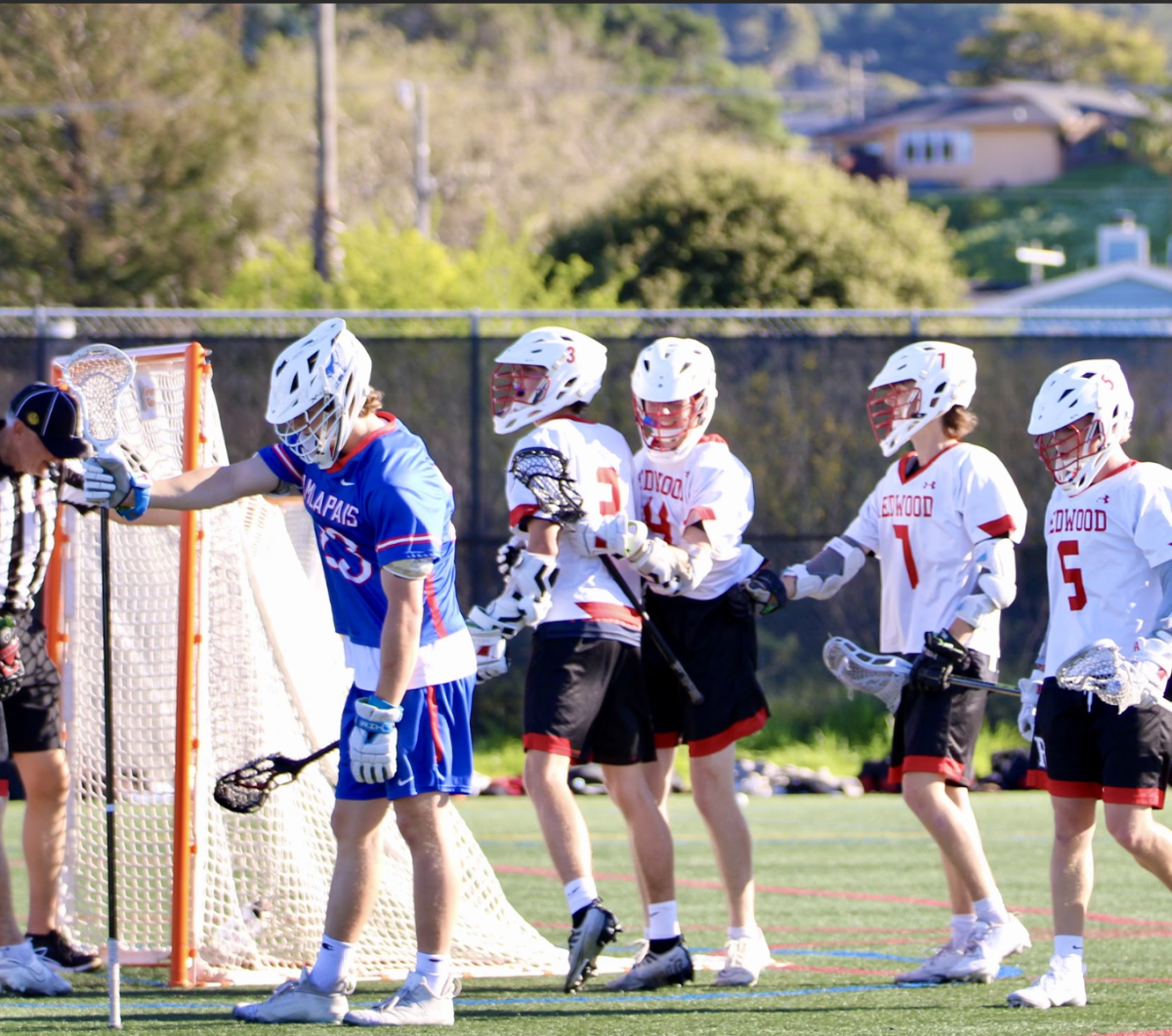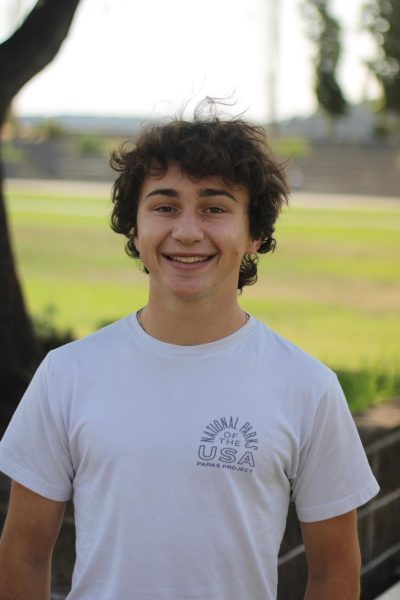High school athletes are extremely prone to injuries, especially when playing a sport six days a week for three to four months at a time. Occurring in just a split second, injuries can sideline athletes for months. Athletes all over the country at all levels are dealing with similar injuries, many of which are caused by their playing surfaces. Seventy-three percent of college football stadiums and 50 percent of National Football League (NFL) stadiums have turf fields. However, data from Sports Info Solutions found that seven out of the ten stadiums in the NFL with the highest injury rates have turf fields. Additionally, a study by Washington University in St. Louis discovered that high school athletes have a 58 percent higher chance of sustaining injuries on turf fields than grass ones.
Junior Clark Cheu played varsity soccer for the Giants during his sophomore year and planned to train in the off-season before his junior year in hopes of helping the team win the Marin County Athletic League (MCAL) Championship. However, in the early off-season, while training with his club team, Marin Football Club, Cheu tore his Anterior Cruciate Ligament (ACL).
“I planted my foot to go for a tackle, and the other guy kicked the ball into my leg, causing it to shift awkwardly while it was planted in turf,” Cheu said. 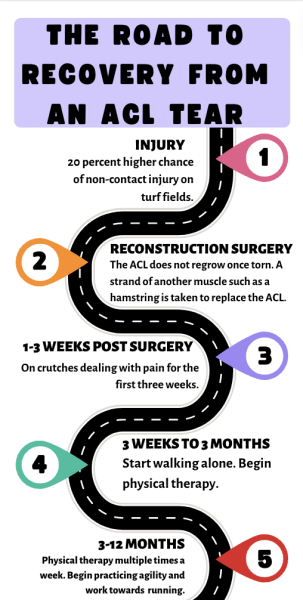
Cheu started physical therapy to help him recover in hopes of returning in time for his junior season. Unfortunately, in his first practice after nine months of recovery, Cheu injured his knee again while trying to change directions on the turf, tearing his ACL again, as well as his Lateral Collateral Ligament (LCL). In under a year, he suffered two separate severe knee injuries on a turf field.
Even though many high school sports require athletes to play every day on turf fields for months at a time, injuries among student athletes are all too common. Junior Owen Holt had aspirations of being the starting center back for varsity soccer, but while in training, Holt’s cleat got caught on the turf while running, tearing his ACL and robbing him of his junior season.
“I’ve been out for seven months already and I still have a few more to go; I’m hoping I can start running again soon and hopefully start practicing again too. It sucks to miss so much time,” Holt said.
The aftermath of injuries on turf fields can also create extra hurdles athletes must deal with on their road to recovery. Junior Yago Churton stress fractured his back over a year ago, but is still dealing with back pain after taking over five months off to recover.
“I think I played on hard surfaces too much like turf, which has no cushion when you are running. The way I run on it is putting pressure on my back. And I slowly had back pain build up. I prefer to play on grass, but to have good quality grass, you really have to take care of it,” Churton said.
The common issue of high school athletes’ injuries on turf fields raises concerns about the impact of playing surfaces, so there is a need for further research to address these potential risks and prevent more injuries from occurring.

